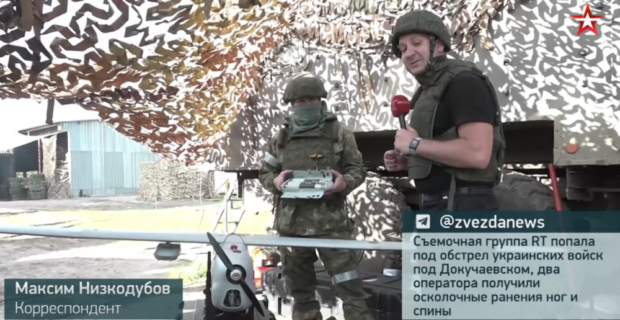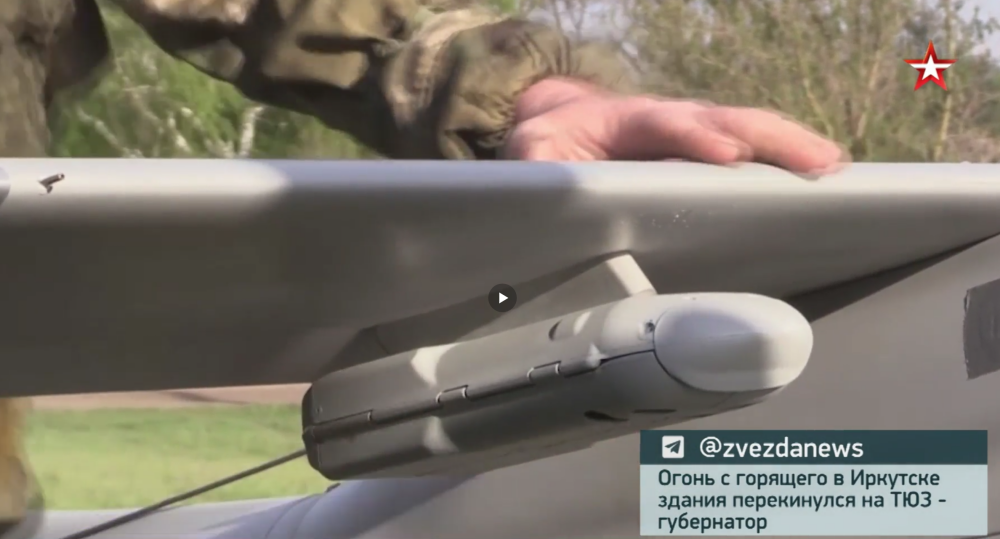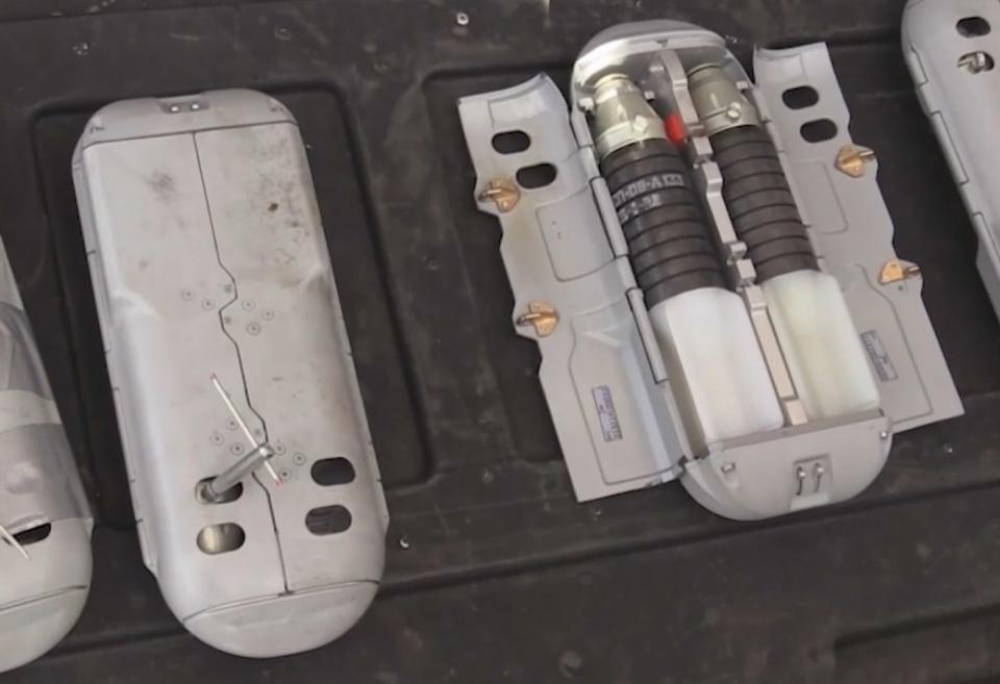Russia may have just gained more than a thousand new bombers. But Ukrainian forces may have little to worry about, as the Orlan-10 drones they are converting into attack planes do not look very effective.
A piece on the Zvezda channel, the Russian Ministry of Defense’s very own state-owned nationwide TV network, showed a new bombing add-on kit for the Orlan-10 drone.
The Orlan-10 is the mainstay of the Russian tactical drone fleet, a machine with a ten-foot wingspan, launched from a catapult and powered by a four-stroke gasoline engine with a maximum endurance of sixteen hours. The Orlan-10 is by far the commonest type in use by Russian forces, with more than a thousand built, and is widely deployed by artillery units to direct fire.
When an Orlan-10 appears overhead, it may herald the arrival of a massive artillery bombardment, and Ukrainian forces know to take cover. Luckily its engine, which sounds like a motor scooter, usually provides warning.
The latest video shows the Orlan-10 with a pod is fitted underneath each wing carrying two grenades. The drone, flying at its cruising speed of 60 mph at around three thousand feet, releases the grenades in quick succession over the target area. And they miss, landing beside the target building.
The grenades appear to a version of the 40mm VOG-25P. Normally fired from a grenade launcher, this is an airburst fragmentation weapon. It is unusual in being a bouncing bomb: on hitting the ground, a small explosive charge throws it back into the air and it bursts at a height of about five feet, throwing out shrapnel in all directions with a lethal radius of twenty feet.
“Presumably, they can be more or less accurate, depending on target,” says Samuel Bendett, an expert on the Russian defense scene and adviser to both the CNA and CNAS, who takes a particular interest in uncrewed systems. “This Orlan-10 refitting is relatively new, and there has not been additional information about Russian forces practicing with that combat Orlan-10 version apart from Zapad-2021 news. So it’s not clear what the level of competency is at this point.”
But analyst Nick Waters of Bellingcat, who has long studied the use of improvised drones adapted for bombing an authored the definitive guide to ISIS extensive use of drone bombing, is not impressed.
“Fixed wing drones dropping unguided munitions are unlikely to be particularly accurate,” Waters told Forbes. “Although they can carry a larger payload than multi-rotor drones, they cannot hover and so provide the precise effect on target that makes these kinds of attacks so effective.”
Bendett believes the Russians may gain combat experience and learn to use the Orlan-10 as an effective attack drone
“In this war, many drone operations and concepts are changing quickly and are adapting to combat conditions ‘on the fly,’” says Bendett.
However, the Orlan-10 with its noisy motor and significant thermal signature is an easier target than quadcopters or the quiet electrical Punisher. In the Zvezda piece an operator notes that they have to stay above 3,000 feet to avoid being noticed, which will affect bombing accuracy.
Even so, Russia has been losing Orlan-10s in increasing numbers in recent days — and flying directly over enemy positions on a bombing run is more perilous than observing artillery fire from long range. There is also the question over whether the drones can be spared from other missions which might have more actual effect.
Source: Forbes



